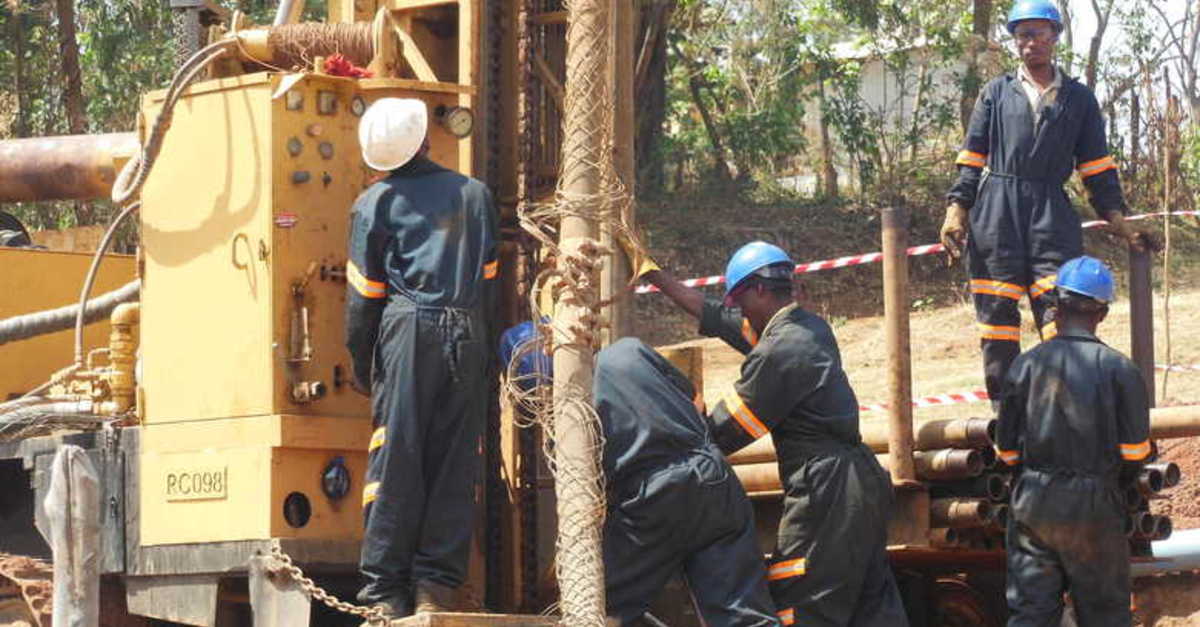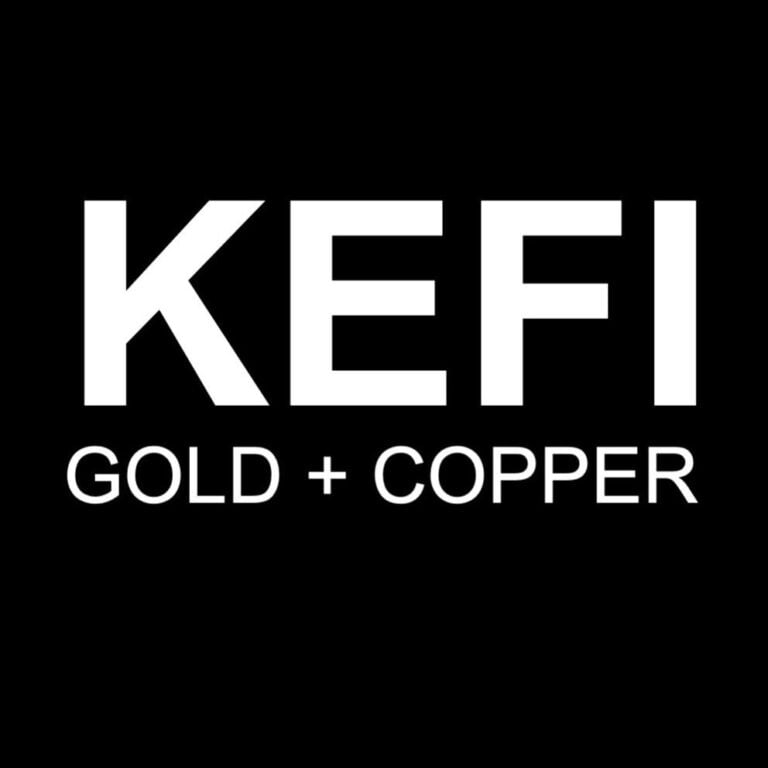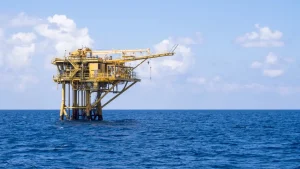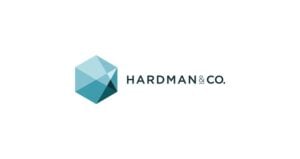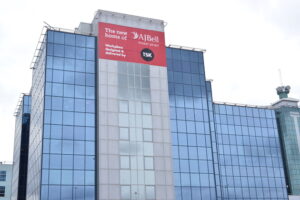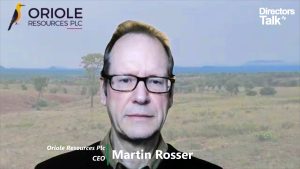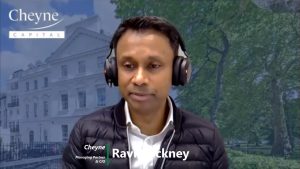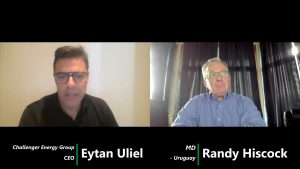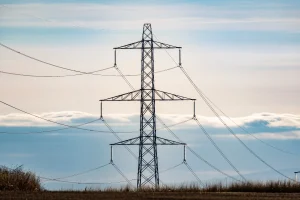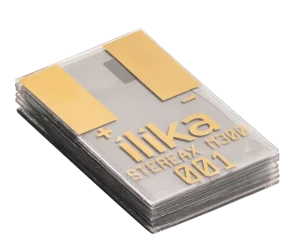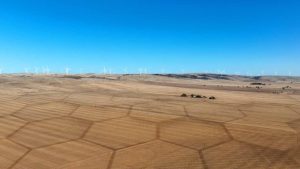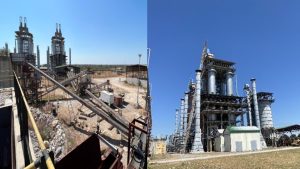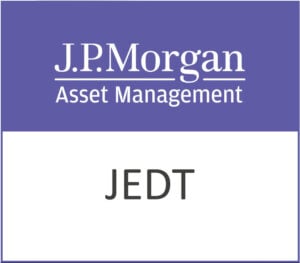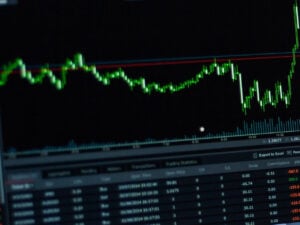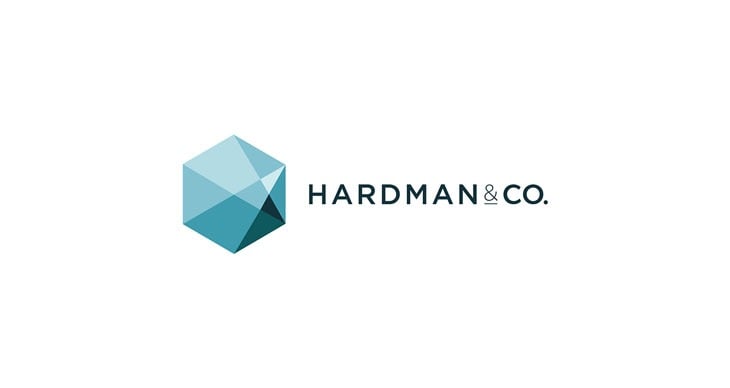KEFI Gold and Copper (LON:KEFI), a standout in exploration and development within the Arabian-Nubian Shield, continues to refine its focus and strategy with significant developments. Recently, the company revealed its intent to exit its Saudi Arabian joint venture, G&M, in partnership with ARTAR. This decision represents a strategic shift aimed at reducing financial obligations and reallocating resources to its core projects.
The proposed exit would relieve KEFI of a $10 million payment required to maintain a 25% stake in G&M, a move welcomed as a financial reprieve. However, as Lord Ashbourne from Edison Investment Research highlighted, the valuation of KEFI’s residual stake in G&M at $15 million “is misleading, as the shareholders’ agreement regarding dilution…is based on historical costs of investment, whereas the sale…is on an open market basis.” This ensures the market value of these assets remains a point of negotiation.
KEFI’s portfolio remains robust, with its flagship project, Tulu Kapi in Ethiopia, and key projects like Hawiah and Jibal Qutman in Saudi Arabia. Using a long-term copper price forecast of $10,000 per tonne, Lord Ashbourne estimated the combined value of KEFI’s remaining Saudi interests at approximately $49.2 million, equating to a potential 0.62p per share. These calculations underline the substantial value inherent in the company’s existing projects.
Looking ahead, KEFI is expected to generate free cash flow averaging £82.4 million annually from 2027 to 2032, with the potential for average dividends of 0.59p per share from 2028 to 2034. The valuation of KEFI could rise significantly, with a current projection of 6.33p per share, climbing to 9.27p per share by 2028 under favourable market conditions. Such performance implies an impressive internal rate of return of 48.9% over the next 13 years, according to Lord Ashbourne’s analysis.
On a Final Note
KEFI Gold and Copper is clearly positioning itself for long-term success with calculated adjustments to its project portfolio. By reducing immediate financial commitments and honing in on high-value ventures, the company demonstrates a commitment to shareholder value and sustainable growth. As it transitions, the outlook for KEFI, particularly with Tulu Kapi on the horizon, remains highly promising. With strategic foresight and market alignment, KEFI is well-placed to deliver on its ambitious goals.


